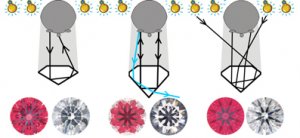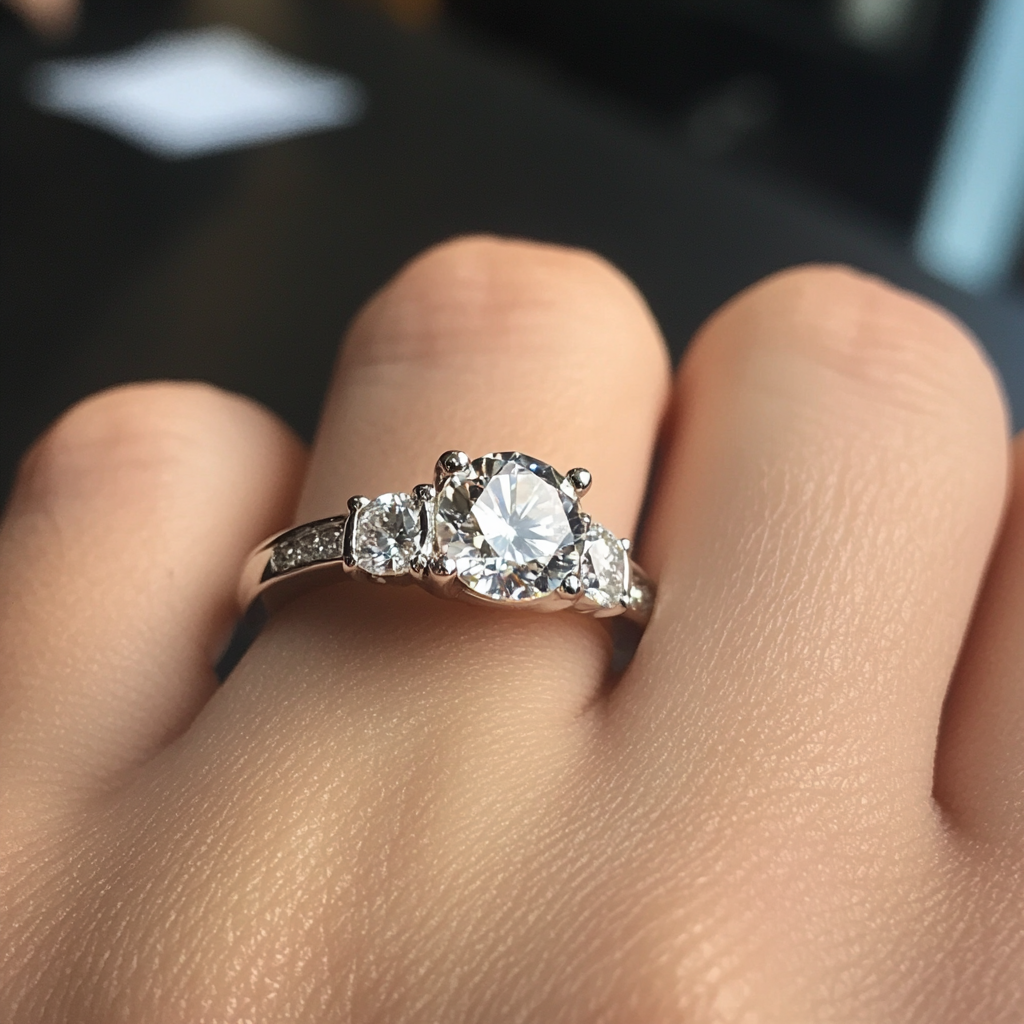- Joined
- Aug 15, 2000
- Messages
- 18,876
Date: 11/11/2005 8:39:17 AM
Author: strmrdr
Garry,
I think your proposed change in wording more accuratly reflects the visual performance of the diamonds themselves and is a good step. that is kinda funny storm because that is the old text that has been there for a very long time - I just copied and pasted it
As for the chart it looks good to me there are some areas where some combos are in slightly different places than Id put them but I dont know if its enough to matter. Happy for you tom make suggestions - or for someone who has a more advanced Adobe than my beginners student version to re do it - use the 57% I think
Its a lot to think about because there is a ton of information in just 2 stretched 0''s on a chart. Ah, if only life was simple.










300x240.png)